5 Simple Ways to Get Your Gardening Groove On
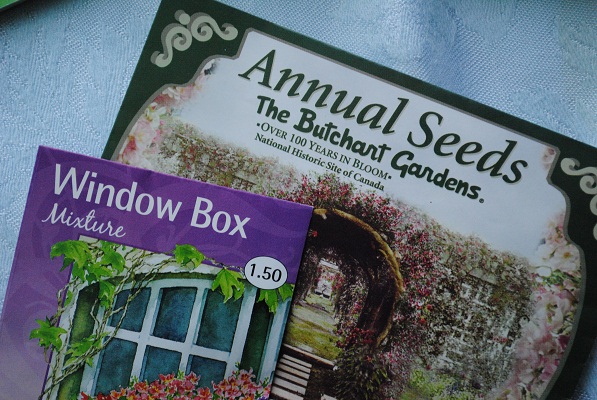
Here in the Midwest, much like other parts of the country we’re experiencing a complete and utter freeze. It’s incredibly hard to imagine colorful flowers, edible gardens, or even water that doesn’t freeze when poured right now, but this is the best time to think about your spring garden.

The Butchart Gardens Seeds- Vancouver, Canada
Yes, your spring garden. And summer garden. And fall garden.– it’s uplifting to consider the possibilities of seeing green, red, yellow, purple and all the other vibrant colors that flowers and vegetable, berries in your very own space, even if you have a small space. Do you have a small patio? A balcony? What about joining a community garden– perfect for apartment dwellers.
Here are some simple suggestions to get you in the mood and warm up to the idea of bringing some green into your life and your home:
1. Scan gardening websites and seed catalogs: The internet is inundated with gardening information, so it’s a bit difficult to know which ones to follow all the time. Here’s a list of my favorite places to go to get ideas on what I want to grow, how to grow in the space I have and how to get the best results, or yields per square inch. It’s amazing what can be grown in small spaces!
The Cook’s Garden– a wonderful (and beautiful) website and catalog that sells seeds and gardening supplies for the home cook. Also gives tips on gardening in your specific geographical zone.
Botanical Interests Seed Catalog– their website is full of interesting gardening tips and quite engaging with customers, as you can even submit your own favorite garden photos using their seeds. They even have information on fundraising with seeds, which is great for schools and an opportunity to engage the community and kids on the importance of growing and harvesting your own produce.
Willhite Seed, Inc. – sells really unique seeds that are often hard to find- think French beans and tiny carrots that you won’t find at a retail outlet store’s gardening section.
White Flower Farm– sells flowers and small plants all year long. Great for indoor plants and gardeners with lots of space to grow annuals, but they also sell vegetable plants.
Lee Valley– has many different catalogs, but my favorite is the one for Garden Tools. You’ll find some of the most unique gardening tools around in this catalog.
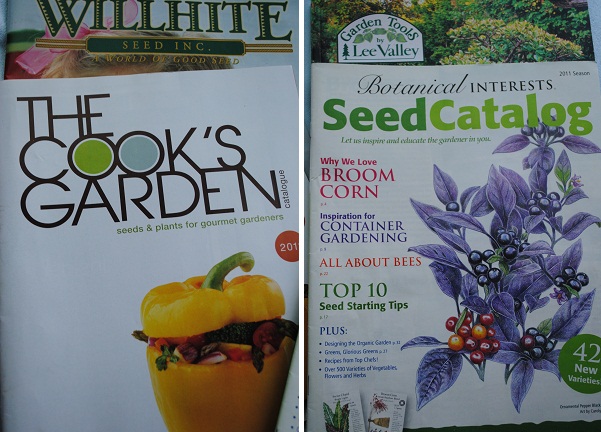
The Cook’s Garden & Botanical Interests Seed Catalog
2. Visit local greenhouses or botanic gardens. I’m a member of my local botanic garden, the Chicago Botanic Garden. We’re fortunate that we live so close to it, but there are other benefits in that we get two free entries to other botanic gardens because of this membership. Most recently we’ve been to the Desert Botanic Garden in Phoenix, AZ and the Cleveland Botanical Garden (which I plan on posting about soon). These visits are great ways to get ideas about local crops and plant varieties that can be grown in your area, often times things you never realized were possible to grow. In the winter months, the colder climate botanic gardens may have greenhouses that can be visited. If they don’t, then try to find a greenhouse or indoor flower shop in your area. Talk to the gardeners and get a head start to think about what you may want to grow in your own space by looking at the seed section.
Don’t forget to check out your area’s botanic gardens or even the local university extension websites, which offer free information on seasonal gardening.
3. Determine where your garden will be located. Since I’ve lived in an apartment for many years, I’ve gone through a variety of small-space (or no-space) gardening options. I had a balcony that was mostly shaded so it wasn’t a viable gardening space for our tomato-and-basil-filled diet. The option I jumped upon was to go with a community garden. Back then, it wasn’t as popular as it is now so there were plenty of open spaces. People even made fun of me and asked why in the world would I wanted to go through all the trouble of dragging my seeds, plants and gardening tools over to an open space where I wouldn’t be able to actually see my garden at all times. Now, community gardens are all the rage. In an era where people are downsizing from larger to smaller homes or even apartments, as well as the need for the feeling of community, these gardens are great opportunities to see wildlife and natural vegetation in the middle of an urban area, as well as teach children all about the cycle of life and the elements of seasonal growing, harvesting and eating. Check your local (city or township) park or recreational district office for details, as the gardens are usually reserved through them.
Last year I opted out of the community garden in order to save gas (our nearest community garden is almost 10 minutes away). Instead, I created a container garden on my balcony and was able to grow a nice variety of herbs, edible flowers and berries.
4. Start your seeds indoors. I began starting seeds indoors even while living in an apartment. It takes a bit of sacrifice of space, as we cleared out an entire bookshelf in our office and placed flourescent lamps on our baby seedlings to watch them grow quite nicely before transferring them to our community garden. If you have a basement or a southern exposure window, you’re probably going to have an easier time to start seeds indoors. With a nice, bright window you can even grow them in the most eco-friendly (and economically-frugal) way possible, like I did here.
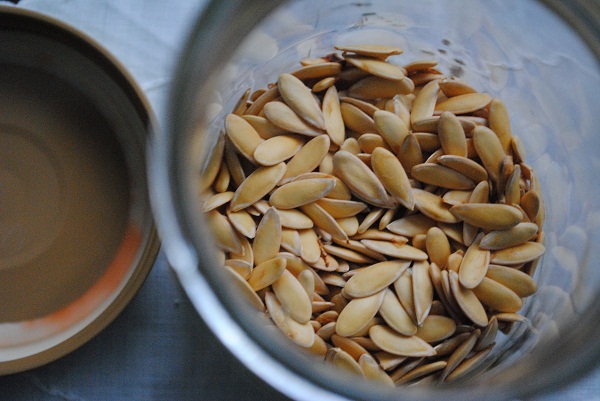
Italian Cantaloupe Seeds Saved from Summer 2010
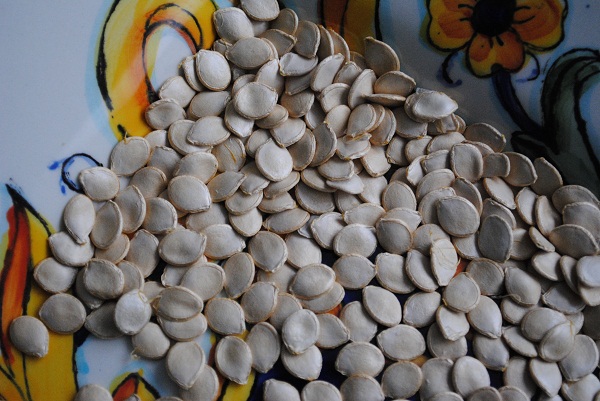
Small Organic Zucchini (Green-Striped) Seeds Saved Last Week
5. Stay in touch with other gardeners. Talk to people with like interests, either online or in person. Local garden stores, botanic gardens and universities often have lectures about gardening–and a host of volunteers who love to talk about their past successes and give tips for your own garden plans. If you’re on social media sites like Facebook or Twitter, you can often find great tips and ask questions of some of my favorite gardeners and gardening experts like these:
Life on the Balcony– wonderful website with how-to videos and Twitter updates about what’s on her site @LifeontheBlcny
Cold Climate Gardening– just like its name, if you live in a cold climate this is an amazing resource for newbie and experienced gardeners.
Martha Stewart Gardening– Martha Stewart is synonymous with every good thing related to home and gardening. Her website can be a bit daunting as there is a ton of information about gardening. I recommend the link highlighted because it takes you directly to information about planning a vegetable garden. If you have cable, you’re one of the fortunate few who can even watch her show now on the Hallmark Channel. I’m sure she’s going to have an amazing amount of information about spring gardening as the season approaches.
As always, if you have home and garden questions I’m available on the MHK Facebook page, Twitter (@myhalalkitchen) and of course, right here.
What’s on your gardening agenda this spring?
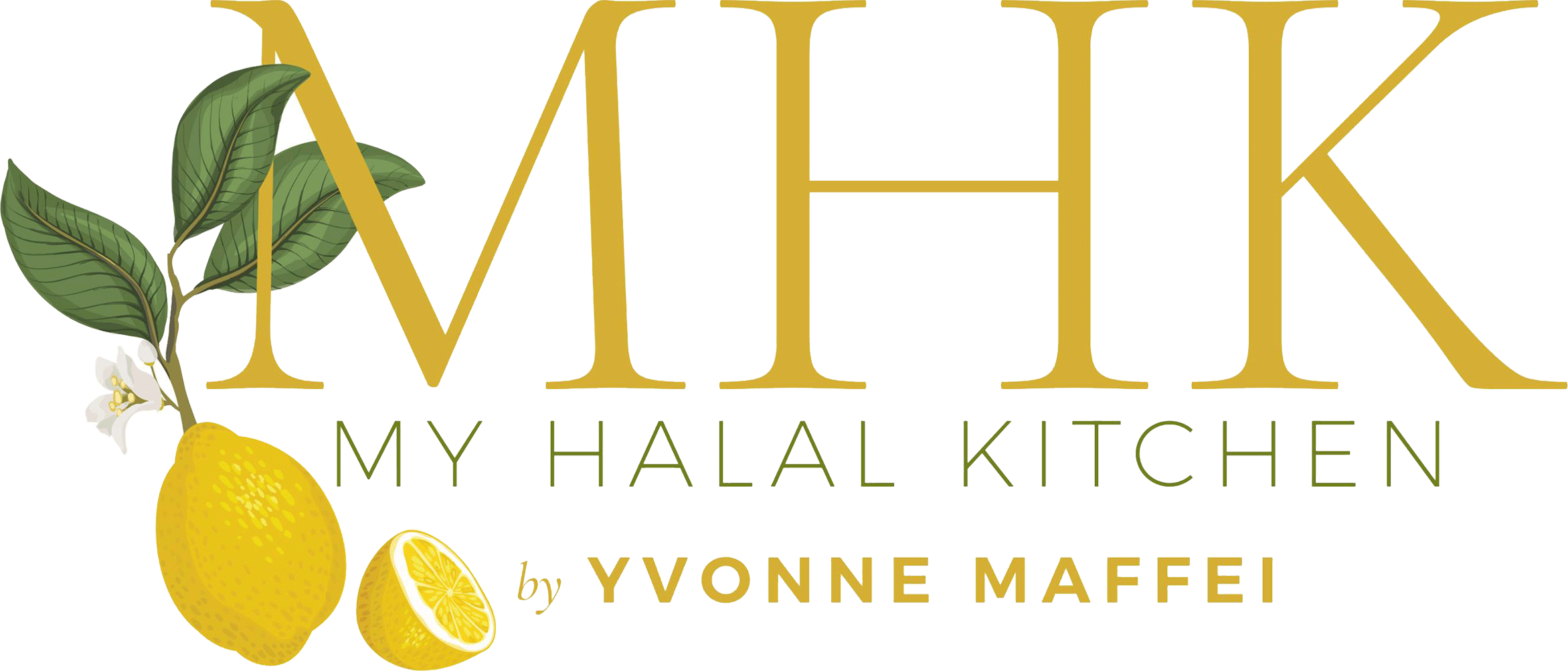
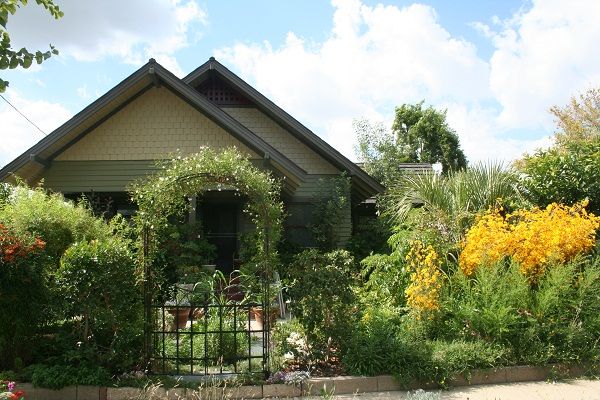
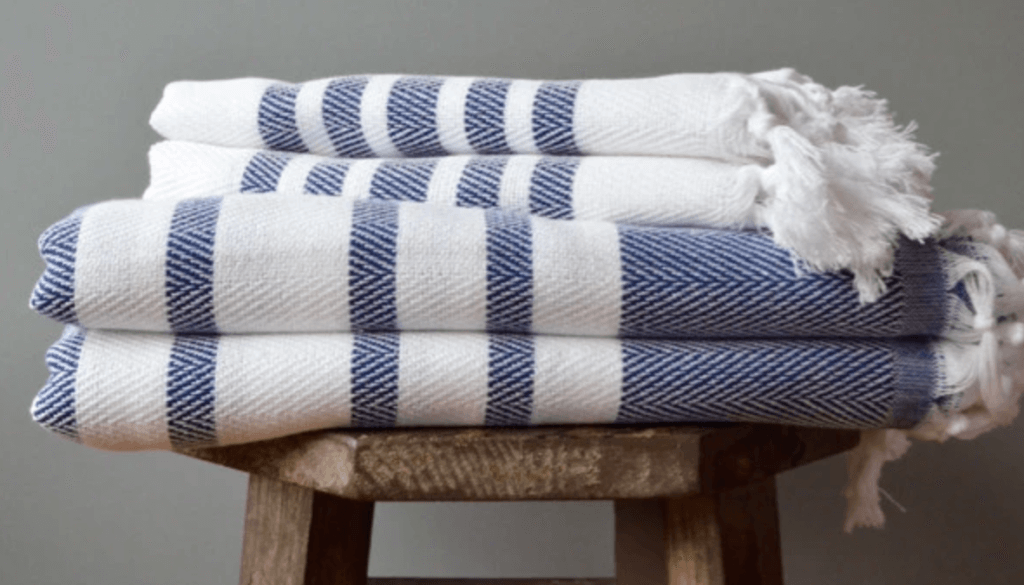


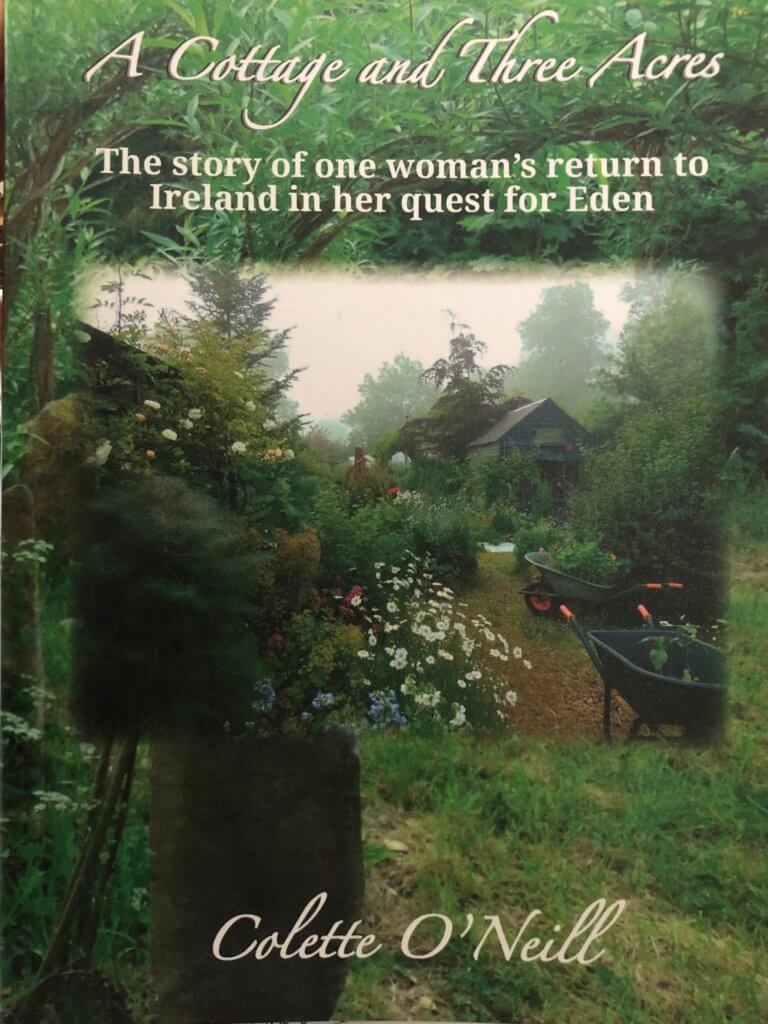


We are having a warm streak here in SoCal. I’m afraid to plant anything because it could quickly get cold! You are definitely giving me the itch to get back in the garden!
I can’t imagine all the challenges you must face gardening in a climate where it truly freezes (where we are all we see is the odd frost). It’s always nice to hear from cooks who garden; thanks for posting some inspiration.